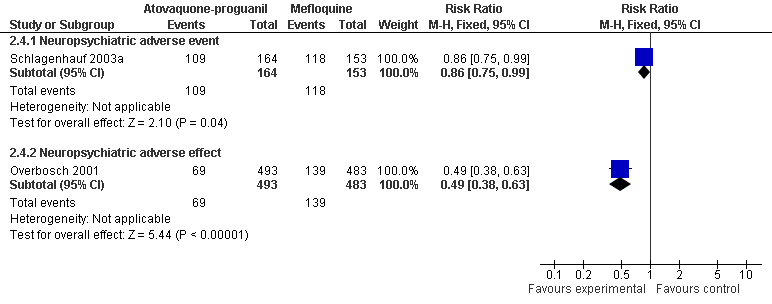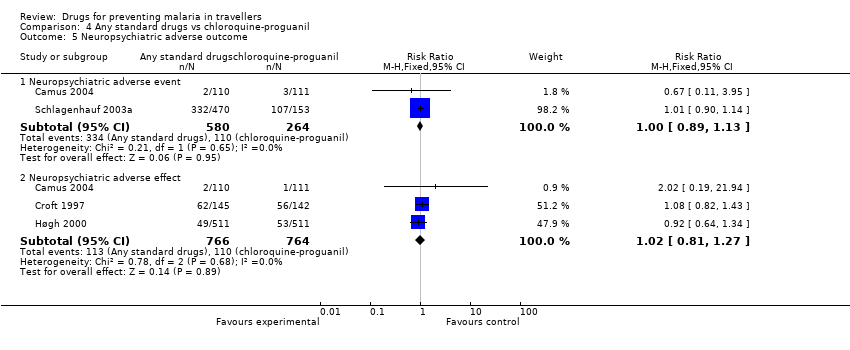Contenido relacionado
Revisiones y protocolos relacionados
Maya Tickell‐Painter, Nicola Maayan, Rachel Saunders, Cheryl Pace, David Sinclair | 30 octubre 2017
Anna M van Eijk, Dianne J Terlouw | 16 febrero 2011
Ashley M Croft, Paul Garner | 23 octubre 2000
Raquel González, Clara Pons‐Duran, Mireia Piqueras, John J Aponte, Feiko O ter Kuile, Clara Menéndez | 14 noviembre 2018
Andrew Blanshard, Paul Hine | 18 enero 2021
Patricia M Graves, Leslie Choi, Hellen Gelband, Paul Garner | 2 febrero 2018
Aika AA Omari, Carrol L Gamble, Paul Garner | 19 abril 2006
Lois C Orton, Aika AA Omari | 8 octubre 2008
Sabine Bélard, Michael Ramharter, Florian Kurth | 8 diciembre 2020
Rachael Milligan, André Daher, Gemma Villanueva, Hanna Bergman, Patricia M Graves | 19 agosto 2020



































